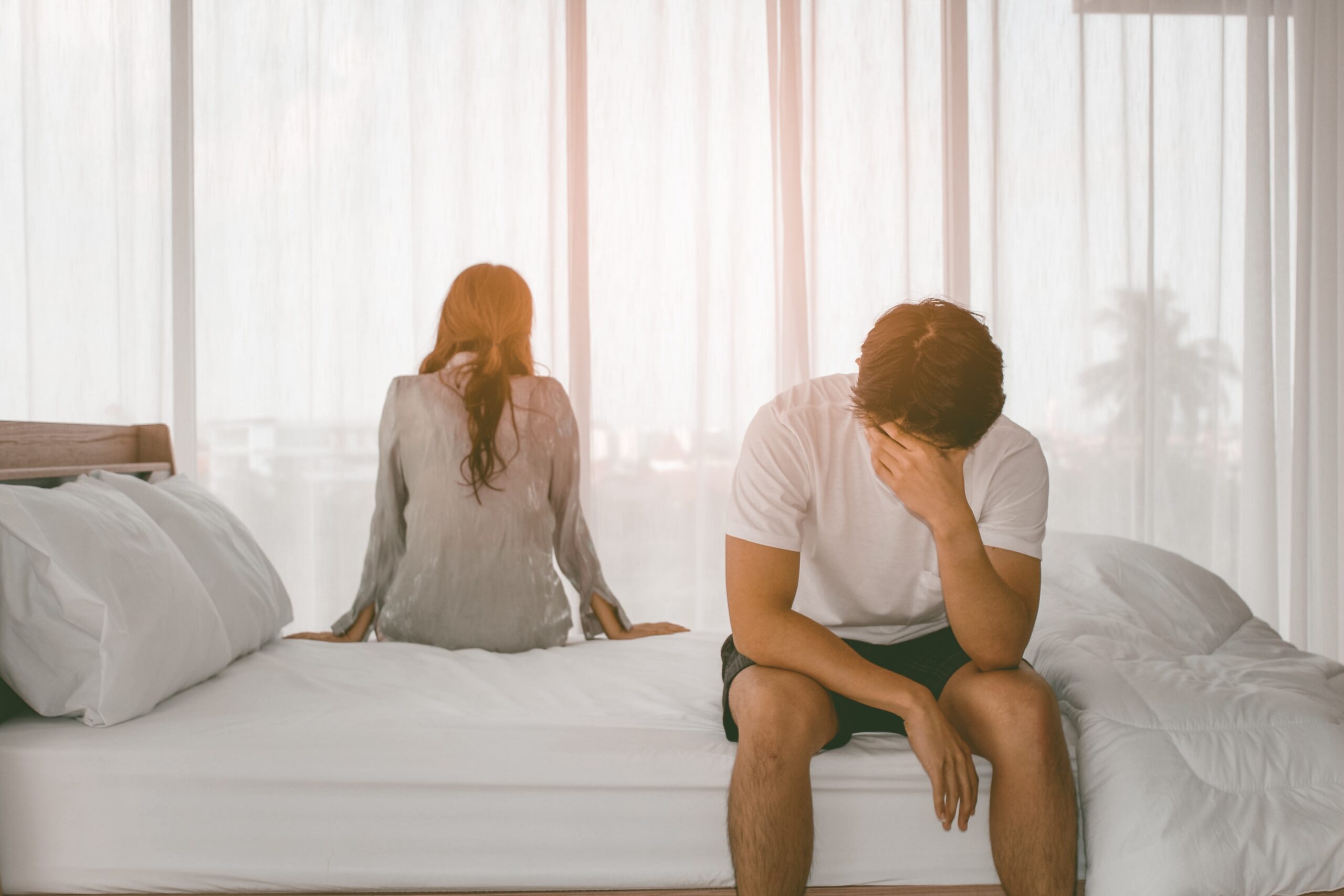Low testosterone, often referred to as male hypogonadism, is a condition where the body doesn’t produce enough of the hormone testosterone. This can lead to various symptoms, such as tiredness and a reduced interest in sex, affecting daily life. Recognizing these symptoms and knowing about available treatments is essential for those facing these challenges. Early intervention can lead to improved health and overall well-being, helping individuals regain their energy, mood, and confidence. Let’s dive deeper into what low testosterone means, its symptoms, causes, and how it can be treated effectively.
What is Low Testosterone?
Understanding Low Testosterone and Its Importance
Low testosterone is when the body doesn’t make enough of the male hormone called testosterone. This hormone is super important for men because it helps with many functions in the body. It plays a key role in muscle growth, energy levels, and even mood regulation. When testosterone levels drop, it can lead to a condition known as hypogonadism, which can affect a man’s overall health and well-being.
How Low Testosterone Affects the Body
When someone has low testosterone, they can experience a range of symptoms that impact daily life. For example, many men report feeling fatigued or tired all the time, which can make activities like playing with kids or exercising feel daunting. Others might notice they’re experiencing decreased libido, which is a fancy way of saying they have less interest in sex.
Additionally, low testosterone can lead to mood swings and even depression. Imagine feeling grumpy or sad without knowing why—that’s how it might feel for someone with low testosterone. Other physical signs include muscle loss, weight gain, and even hair loss. It can also cause problems like erectile dysfunction, which is when a man has trouble getting or keeping an erection.
These changes happen because testosterone affects so many parts of the body, from heart health to bone density. Men with low testosterone may also face issues with cognitive decline, making it harder to think clearly or concentrate.
In summary, low testosterone is more than just a number; it can significantly affect a man’s physical health, emotional state, and overall quality of life. If you or someone you know is experiencing these symptoms, it may be time to discuss it with a healthcare provider for proper testing and potential treatments.
Symptoms of Low Testosterone
Low testosterone, sometimes called hypogonadism, can cause a range of symptoms that affect both physical and mental health. Understanding these symptoms is essential for identifying if you or someone you know might be dealing with low testosterone levels.
Common Symptoms
One of the first things people notice with low testosterone is fatigue. You might feel tired all the time, even after a good night’s sleep. This can make everyday tasks feel like climbing a mountain.
Another common symptom is a decreased libido, which means you may have less interest in sex. This can be frustrating and affect relationships. Similarly, erectile dysfunction can occur, making it hard to maintain an erection. Both of these issues can lead to feelings of embarrassment and lower self-esteem.
Mood swings are also a significant indicator of low testosterone. You might feel more irritable or sad, even over small things. This can be confusing and may lead to depression, making it hard to enjoy life.
Less Common Symptoms
While the common symptoms are often discussed, there are also less recognized signs of low testosterone. Hair loss is one of these. You might notice thinning hair or even bald spots.
Sleep disturbances can also happen, leading to insomnia or poor quality sleep. This lack of rest can make your fatigue worse. Another sneaky symptom is cognitive decline. You may find it hard to concentrate or remember things, which can affect work and daily life.
In addition to these, low testosterone can contribute to weight gain and muscle loss. You might notice changes in your body that can be concerning, as well as an increased risk of osteoporosis, which makes bones weak.
Recognizing these symptoms is the first step toward seeking help. If you notice any of these signs, it’s important to consult a healthcare provider. They can do blood tests to check your testosterone levels and discuss potential treatments. Options like testosterone replacement therapy (TRT), lifestyle changes, and dietary adjustments can help improve your condition and overall well-being.
Causes of Low Testosterone
Primary Causes of Hypogonadism
Low testosterone can happen for several reasons. One main reason is aging. As men get older, their bodies naturally produce less of this important male hormone. Chronic illnesses like diabetes or kidney disease can also lead to low testosterone levels. These health issues affect how the body produces hormones.
Another big factor is obesity. When a person carries excess weight, it can change how hormones work in the body. Fat cells can convert testosterone into estrogen, leading to a testosterone shortage. Additionally, some people inherit conditions that affect hormone production due to genetic factors.
Secondary Causes of Hypogonadism
Lifestyle choices play a huge role in testosterone levels. For example, alcohol consumption can impact hormone balance. Drinking too much alcohol can damage the cells in the testes that produce testosterone. Similarly, chronic stress can lead to hormonal changes that lower testosterone levels. Stress can spike cortisol, a hormone that negatively affects testosterone.
Other lifestyle choices, such as lack of exercise, poor sleep hygiene, and inadequate nutrition, can also contribute to low testosterone. Nutritional deficiencies, like low levels of vitamin D or zinc, can harm hormone production. Making small changes, like eating healthy fats and establishing a regular exercise regimen, can help improve testosterone levels over time.
Taking care of your mental health is just as important, as stress and mood swings can further affect hormone levels. By understanding these causes, men can take steps to manage their health and potentially improve their testosterone levels.
How Low Testosterone is Diagnosed
Understanding the Diagnostic Process
When it comes to figuring out if someone has low testosterone, the first step is usually a blood test. This test measures your testosterone levels and helps to see if they are lower than what’s normal. Doctors often look for signs of hypogonadism, which means the body isn’t producing enough of the male hormone.
But it’s not just about the numbers. A comprehensive evaluation is crucial. This means talking to a doctor about your medical history and any symptoms you might be having, like fatigue, decreased libido, or even mood swings. They might also ask about any chronic illnesses or treatments you’ve had in the past that could affect your hormone levels.
The Importance of a Holistic Assessment
In addition to blood tests, doctors often do a physical examination. They check for signs that might indicate low testosterone, such as muscle loss, hair loss, or weight gain. It’s also helpful for you to keep track of your own experiences. How do you feel daily? Are you more tired than usual? Have you noticed any changes in your fertility or sexual health?
All of these factors help create a clear picture. With this mix of self-assessment, doctor consultations, and lab results, you can work together to find out if low testosterone is the culprit behind your symptoms. This thorough approach ensures you get the right care and, if necessary, the appropriate treatments like testosterone replacement therapy (TRT) or lifestyle changes.
Treatment Options for Low Testosterone
Low testosterone, or low T, can bring about many symptoms like fatigue, decreased libido, mood swings, and even erectile dysfunction. If you’re feeling off and suspect low testosterone levels, it’s important to explore the treatment options available to you. Let’s dive into some of the most common treatments, including testosterone replacement therapy (TRT) and other alternative therapies.
Testosterone Replacement Therapy (TRT)
One of the most popular methods to treat low testosterone is through testosterone replacement therapy (TRT). There are several ways to receive TRT, and each has its own benefits and considerations.
- Injectable Testosterone: This form is given through a needle, typically every 1 to 2 weeks. It’s effective and helps boost testosterone levels quickly. However, some men might find the idea of needles unappealing.
- Topical Testosterone: Testosterone can be applied as a gel or cream that you spread on your skin. It’s convenient and easy to use, but you need to be careful to avoid transferring it to others, especially to women and children.
- Testosterone Patches: Another option is a patch that you wear on your skin. It releases testosterone steadily throughout the day. This method is simple, but it may cause skin irritation for some users.
Each of these TRT options comes with its own side effects, such as mood changes and potential weight gain, so it’s important to consult a healthcare provider to find the best method for you.
Alternative Therapies and Lifestyle Changes
Besides traditional TRT, there are also alternative therapies that can help improve testosterone levels. These might include:
- Dietary Supplements: Certain vitamins, like vitamin D and minerals like zinc, may support hormonal balance.
- Natural Testosterone Boosters: Some people turn to herbs or supplements known to help with testosterone, like DHEA (dehydroepiandrosterone) or androstenedione.
- Exercise: Regular physical activity, especially strength training, can naturally boost testosterone levels.
- Lifestyle Changes: Improving your sleep hygiene, managing stress, and maintaining a healthy weight can all positively affect testosterone levels.
In conclusion, understanding low testosterone symptoms and treatments can empower you to take control of your health. Whether you choose TRT or explore alternative therapies, it’s essential to consult with healthcare providers who can guide you in creating a personalized treatment plan.
Benefits of Testosterone Replacement Therapy
Boosting Energy Levels and Mood
Testosterone Replacement Therapy, or TRT, can have a big impact on your energy levels and mood. Many men with low testosterone feel fatigue and experience mood swings. Imagine waking up and feeling tired even after a full night’s sleep—that’s how it can be when testosterone levels drop. Once you start TRT, you might notice a significant boost in your energy. You could find yourself more eager to engage in activities and socialize with friends. This can lead to a happier, more fulfilled life.
Building Muscle Mass and Enhancing Libido
Another fantastic benefit of TRT is its effect on muscle mass and libido. When testosterone levels are low, many men struggle with muscle loss and a reduced desire for intimacy. With TRT, you could see an increase in muscle strength and size, making workouts more effective. Plus, an improvement in libido means you may feel more connected with your partner, enhancing your relationship. It’s like rediscovering a part of yourself you thought was lost!
Psychological Benefits: Self-Esteem and Mental Health
TRT doesn’t just affect the body; it also works wonders for the mind. Many men report feeling a boost in self-esteem. When your energy increases and you start building muscle, it can make you feel more confident. This newfound confidence can also help improve your overall mental health. You might find yourself feeling less stressed and anxious, which can lead to happier days. For instance, if you’ve been feeling down or have had troubles with depression, TRT could potentially change the way you see yourself and the world around you.
In summary, testosterone replacement therapy offers significant benefits, ranging from improved energy and mood to increased muscle mass and libido. Plus, the psychological lift can enhance your self-esteem and mental well-being. It’s a powerful option to consider if you’re dealing with low testosterone symptoms.
Potential Side Effects of Treatment
Possible Side Effects of Testosterone Therapy
When someone is undergoing testosterone replacement therapy (TRT), they might expect to feel better. However, it’s important to know that there can be side effects. Some men may notice an increased risk of cardiovascular issues. This means that the heart might not work as well, leading to problems like high blood pressure or other heart-related concerns. Additionally, there’s a chance of experiencing hormonal imbalance, which can affect mood and energy levels.
Other side effects can include mood swings, weight gain, and even erectile dysfunction. If a man finds himself feeling more fatigued or experiencing depression, it could be linked to these changes. It’s vital to keep an eye on how the body reacts during treatment.
Importance of Medical Supervision
Due to these potential side effects, having medical supervision is crucial. Doctors, like endocrinologists, can help navigate the journey of managing low testosterone levels. They will likely recommend regular blood tests to check testosterone levels and monitor any changes. This way, if side effects do arise, they can be addressed quickly.
Always remember: it’s better to be safe than sorry. Keeping in touch with healthcare providers helps ensure that the treatment is effective and side effects are managed properly.
Lifestyle Changes to Boost Testosterone Levels
The Power of Exercise
One of the best ways to boost testosterone levels is through regular exercise. Think of it like charging your battery; when you move your body, you’re giving it the energy it needs to thrive. Strength training, like lifting weights, is especially good for increasing testosterone. Just imagine a dad who starts hitting the gym regularly. After a few months, he not only feels stronger but also notices he’s got more energy and better mood swings.
Cardiovascular workouts—like running, biking, or swimming—help too. They keep your heart healthy and improve blood circulation. This is important because when your heart pumps better, it can help your body produce more male hormones. Picture a guy who starts jogging three times a week. He feels more alive, and guess what? His libido and overall well-being improve!
Dietary Changes Matter
What you eat can also make a big difference. Adding healthy fats to your diet is key. Foods like avocados, nuts, and olive oil can help your body make more testosterone. Think about a man who changes his diet from fast food to a Mediterranean diet rich in these fats. Over time, he might see improvements in energy levels and mood.
Don’t forget about zinc and vitamin D! These nutrients play a vital role in keeping testosterone levels high. Foods like oysters (which are packed with zinc!), eggs, and fatty fish can be great choices. Imagine a guy who starts adding these to his meals and notices he feels more vibrant and less fatigued.
When you make these lifestyle changes—exercising regularly and eating a balanced diet—you’re not just improving your testosterone levels; you’re enhancing your entire quality of life!
Natural Supplements for Testosterone Support
Dietary Supplements for Testosterone Levels
If you’re feeling fatigued, experiencing decreased libido, or noticing muscle loss, you might be dealing with low testosterone. Thankfully, some dietary supplements could help boost your testosterone levels. Two popular options are DHEA (dehydroepiandrosterone) and androstenedione. These substances are known as androgens, which means they can help support your body’s natural production of the male hormone testosterone.
For example, DHEA is often used by men looking to regain their energy and improve their mood. Some studies suggest that it might be beneficial in alleviating symptoms like depression and enhancing overall well-being. Similarly, androstenedione may also assist in raising testosterone levels, allowing you to feel more energetic and engaged in daily activities.
Holistic Approaches to Support Treatments
In addition to dietary supplements, many men are exploring holistic approaches and alternative therapies as complements to conventional treatments. This could include maintaining a regular exercise regimen, managing stress, and ensuring proper sleep hygiene.
Imagine you’re feeling overwhelmed at work and struggling with mood swings. By incorporating exercise into your routine, you can boost both your mood and testosterone levels. Simple lifestyle changes, like eating healthy fats, getting enough vitamin D, and managing your alcohol consumption, can also play a crucial role in supporting testosterone.
If you’re considering these options, it’s essential to consult with healthcare providers for personalized advice. They can help you create a plan that fits your needs, ensuring you get the best support for your male health. Remember, every small step counts towards improving your testosterone levels and overall quality of life!
When to Seek Medical Advice
Recognizing Symptoms of Low Testosterone
If you notice signs like fatigue, decreased libido, mood swings, or erectile dysfunction, it’s essential to talk to a healthcare provider. These symptoms can mean your testosterone levels might be low. Think of it like a car running out of gas—when the engine starts sputtering, it’s time to refuel!
Don’t ignore symptoms like muscle loss or weight gain either. These could be clues that your body isn’t producing enough of the male hormone testosterone. If you’re feeling more tired than usual or finding it hard to concentrate, these could be signs of hormonal imbalance too. It’s always better to check in with a professional than to guess what’s going on.
The Role of Specialists in Managing Testosterone Levels
Endocrinologists, who are experts in hormones, can help manage your testosterone levels and address issues like hypogonadism. They can order blood tests to check your hormone levels and discuss treatments like testosterone replacement therapy (TRT) if needed. Sometimes, simple lifestyle changes like improving your exercise regimen or getting better sleep can also make a difference.
If you find yourself struggling with symptoms related to low testosterone, remember that you’re not alone. Many men face these challenges, and there are healthcare providers ready to help you feel better. So don’t hesitate to reach out for medical advice—your health and well-being are worth it!
The Role of Mental Health in Managing Low Testosterone
How Mental Health Affects Low Testosterone Symptoms
When someone has low testosterone, they often face a range of symptoms like fatigue, decreased libido, and even erectile dysfunction. But did you know that mental health plays a big part in how these symptoms feel? Conditions like depression and anxiety can make things worse. Imagine feeling very tired and then also feeling sad or anxious about it. It can become a tough cycle! Mood swings can add to this, making everyday life feel overwhelming.
Let’s say someone named Mike is dealing with low testosterone. On top of feeling tired and losing muscle mass, he starts to feel down. This depression makes him less interested in activities he once loved. The stress of not feeling like himself can worsen his symptoms. It’s essential to recognize that mental health and low testosterone are connected.
The Importance of Support and Communication
If someone is experiencing low testosterone, talking about it is vital. Having a supportive partner or friend can help. The more they communicate, the better they can work together to manage the treatments. For instance, if Mike talks to his partner about how he feels, they can find ways to support one another. This might include lifestyle changes, like exercising together or preparing healthy meals that boost testosterone levels.
Being open about feelings can reduce the feelings of isolation that often come with such conditions. Support from loved ones can improve not just self-esteem, but also lead to a more positive outlook on life.
In summary, addressing mental health is crucial when managing low testosterone. Understanding how depression, anxiety, and mood swings interact with symptoms can lead to a better overall treatment experience. Building a strong support system and maintaining open lines of communication can make a world of difference.
Embrace a Healthier Future Today
If you’re feeling the effects of low testosterone, know that you’re not alone. I struggled with fatigue and mood swings, and it made a real difference when I sought help. Your health matters, and at MedSmart Wellness Center, we specialize in personalized treatment plans designed just for you. Don’t let hormonal imbalances hold you back. Request a free consultation now! Our team of highly trained physicians is ready to guide you on your journey to improved health and vitality. Call us today or visit our website to take the first step toward feeling like yourself again!







